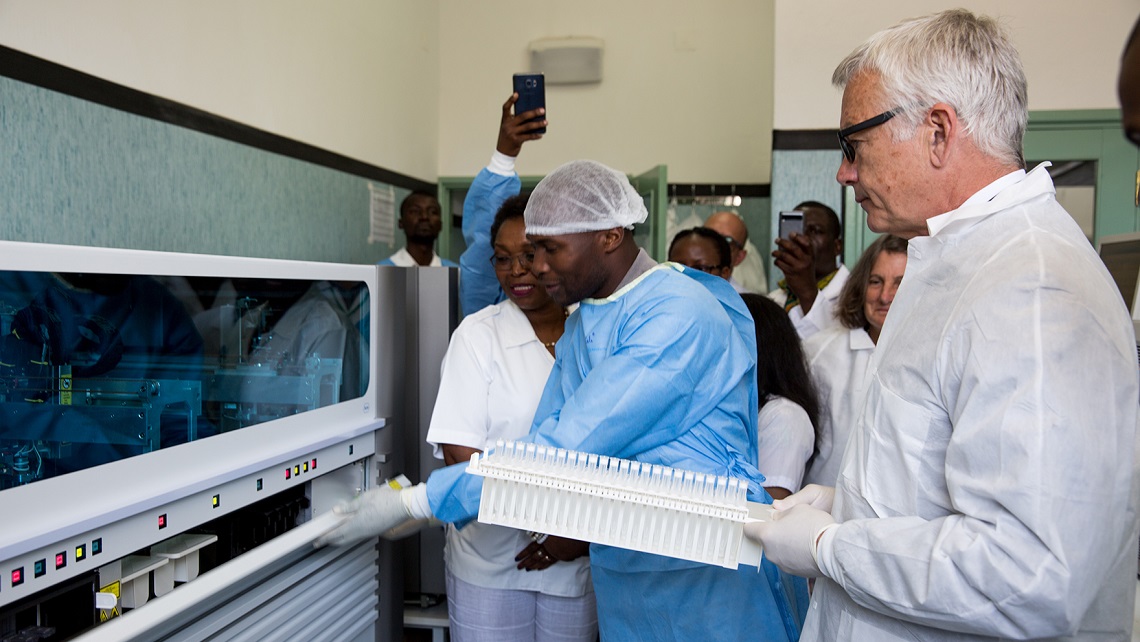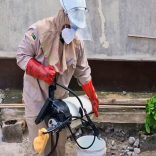Mozambique: Prevention strategies drive 37% fall in Inhambane malaria cases
Mozambique and USA launch HIV plan for Zambezia

Courtesy of the US Embassy in Maputo / Minister of Health Nazira Abdula with US Ambassador Dean Pittman
The Mozambican and United States governments on Wednesday signed a memorandum of understanding in the central city of Quelimane which launched the “Plan to Accelerate the Response to HIV in Zambezia Province”.
Signing the document were Health Minister Nazira Abdula, US ambassador Dean Pittman, and the governor of Zambezia, Abdul Razak.
The plan envisages an investment of 15 million US dollars in strengthening health facilities in Zambezia. This includes three new warehouses for medicines and medical equipment, and about 90 pre-fabricated buildings that will house pharmacies, laboratories and consultation rooms.
Zambezia has been singled out for special treatment because it is the province which, in absolute terms, has the largest number of HIV-positive people, but the lowest coverage of people receiving the live-prolonging anti-retroviral treatment (ARVT).
Health ministry data indicate that, out of every 10 people living with HIV in the province, only four are receiving ARVT. The target under the new plan is to raise this figure to at least seven within the next two years.
The money comes from the annual joint plan between Mozambique and the United States against HIV/AIDS which has a budget of about 400 million dollars for 2018.
Also on Wednesday, Pittman visited the laboratory of the Quelimane General Hospital, where he delivered equipment to monitor HIV viral load.

According to a press release from the US embassy, the Quelimane hospital is one of ten laboratories supported by the US government for testing HIV-positive people for their viral load. The other laboratories are in Nampula, Sofala, Gaza and Maputo provinces and Maputo City.
The viral load test measures the amount of virus inside the body of an HIV-positive person. It is a method recommended by the World Health Organisation (WHO) for monitoring patients on ARVT, since it can determine precisely how effective the treatment in lowering the concentration of the virus.
If the viral load falls to low or undetectable levels, it means not only that the health of the infected person has improved, but that he or she is less likely to be able to transmit the virus to others.
“Monitoring the viral load is essential for us to achieve control of the HIV epidemic across the globe”, said Pittman. “That’s why the US government has been supporting the countries affected by the epidemic, such as Mozambique, to expand their logistical and technical capacity to carry out these tests”.
Currently, Mozambique has the capacity to hold 367,000 viral load tests a year. With expected investments of 15 million dollars to acquire equipment and reagents, it is expected, within a year, to raise this capacity to 800,000 tests a year.













Leave a Reply
Be the First to Comment!
You must be logged in to post a comment.
You must be logged in to post a comment.